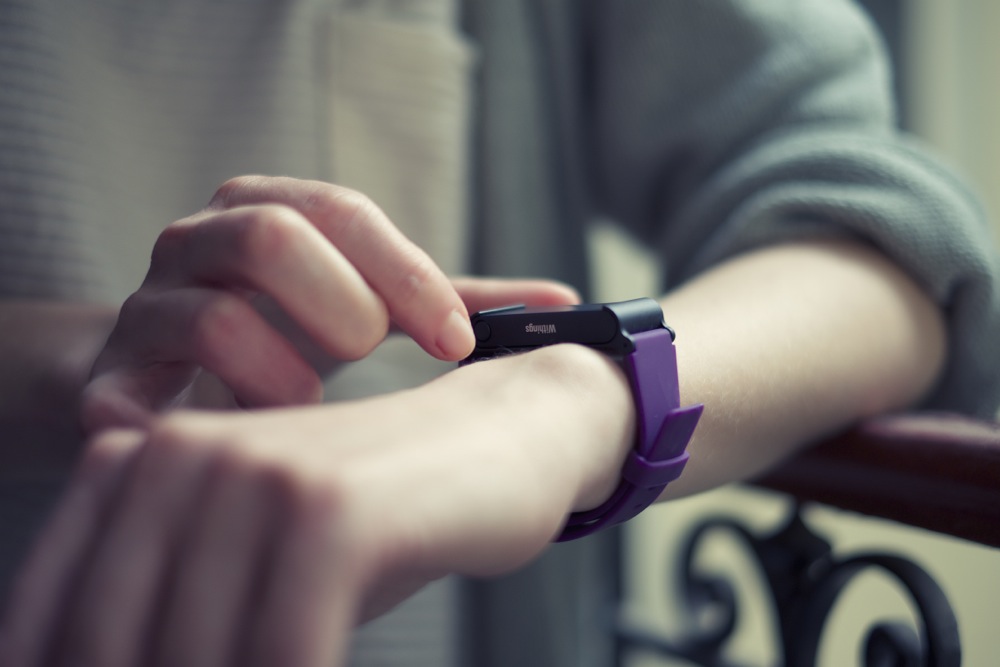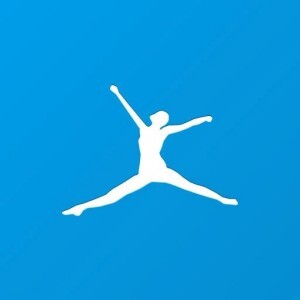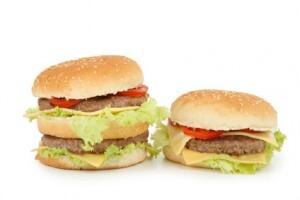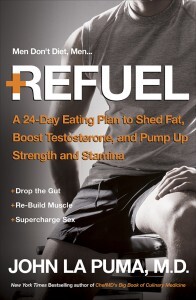
[To read part 1 first, click here] Of course, you don’t have to go the electronic route to track what you eat to make yourself measurably better; a simple notepad works, too. The latter was good enough for Ben Franklin, who diligently logged his adherence to thirteen virtues on a quest for moral perfection. Sure, he might have used a Nexus 5. But if you’re old school, you don’t have to. And you will still succeed.
To log your own food, for example, print my free Eating Day Book from www.drjohnlapuma.com. The Eating Day Book is my default tracking tool: a simple single sheet of paper in landscape mode with nine columns I devised over 15 years ago.
 Over the years, several of my patients have re-made this for me into an .xls spreadsheet; a Google spreadsheet; a color-coded diary; and ditched it altogether for MyFitnessPal and other apps, to RunKeeper. I’m always amazed by the next iteration of these apps and devices. But most of my patients use my single sheet Eating Day Book and a pencil. Or an activity tracker in combination with the Day Book.
Over the years, several of my patients have re-made this for me into an .xls spreadsheet; a Google spreadsheet; a color-coded diary; and ditched it altogether for MyFitnessPal and other apps, to RunKeeper. I’m always amazed by the next iteration of these apps and devices. But most of my patients use my single sheet Eating Day Book and a pencil. Or an activity tracker in combination with the Day Book.
And there’s real value to paper and pencil, plus a little tech. Physically writing down the cheesecake and pumpkin pie, or the 3x cheeseburger and fries gives the writer a psychological nudge that checking a box or clicking a drop down list just doesn’t seem to carry. Supplemented by as much or as little feedback you want from the clip on device, it seems perfect.
” Those who kept a food log lost double the amount of weight compared to those who didn’t track “
For men (and the women who care for them— and as expected, a man does better when a woman REFUELs with him, and does the program too), track three things for the 24 days:
- What you eat, daily.
- How much you’ve lost in pounds or waist circumference, daily.
- Duration and intensity of workouts. You can break out warm-up time or include it as part of your total workout time; the level of detail is up to you.
 Tracking what you eat is, as you know, a form of self-monitoring, as it gives you a clear picture of your diet twice: (1) when you eat, and think about recording it; and (2) when you actually record it.
Tracking what you eat is, as you know, a form of self-monitoring, as it gives you a clear picture of your diet twice: (1) when you eat, and think about recording it; and (2) when you actually record it.
A study from Kaiser Permanente’s Center for Health Research analyzed the tracking habits of 1,700 people, and found that those who kept a food log lost double the amount of weight compared to those who didn’t track.
My favorite tracking tool for men is a belt. Because your waist should be half your height. And a belt lets you know if your pants are actually tight, or it just feels that way. Plus, a belt doesn’t need a battery, or the cloud, or a charge. It just works.
Both for the tracking movement as a whole and for success for individuals who want to lose weight and keep it off, I think the same mantra should apply: Perfection is not necessary, just effort.
For the tracking movement, the more effort at making these ideas easy, accessible and mainstream, the better. That could look like Dr. Eric Topol appearing on The Colbert Report to demonstrate his iPhone EKG, or the new wearables, or a coming Apple Watch. Or it could be a subcutaneous electrode.
But for most people, the simple act of measuring something–anything– and having someone who can help interpret and keep you accountable to discuss it with is enough to make themselves measurably better with what they eat. And that’s my goal for you.
Learn more
Read John La Puma‘s latest article in the New York Times.
 John La Puma MD is a board-certified internist and a nutritionist. A New York Times best-selling author twice, Dr. La Puma’s new book REFUEL aims to change how men think about what they eat–as fuel too. He taught the first Nutrition and Cooking course for medical students in the U.S., at SUNY-Upstate with Dr. Michael Roizen of the Cleveland Clinic, and the first Culinary Medicine clinical course for medical students in the U.S., at DMU. His “PBS ChefMD® Shorts” series can be seen available nationwide through 2016, and his “Refuel Minute” series is available on YouTube. He is based in and sees patients in Santa Barbara, California.
John La Puma MD is a board-certified internist and a nutritionist. A New York Times best-selling author twice, Dr. La Puma’s new book REFUEL aims to change how men think about what they eat–as fuel too. He taught the first Nutrition and Cooking course for medical students in the U.S., at SUNY-Upstate with Dr. Michael Roizen of the Cleveland Clinic, and the first Culinary Medicine clinical course for medical students in the U.S., at DMU. His “PBS ChefMD® Shorts” series can be seen available nationwide through 2016, and his “Refuel Minute” series is available on YouTube. He is based in and sees patients in Santa Barbara, California.


